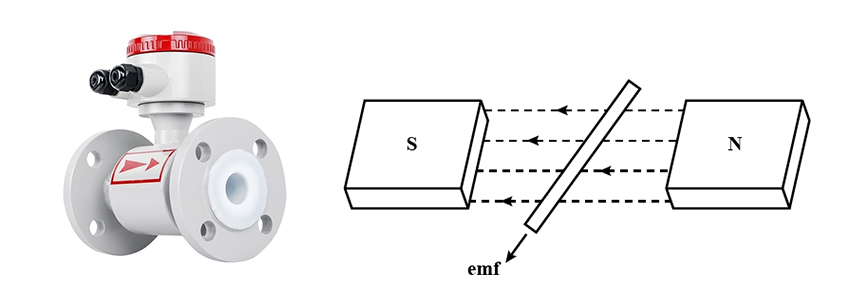How Does Magnetic Flow Meter Work?
Magnetic flowmeter is an instrument for measuring the volume flow of conductive fluid according to Faraday's law of electromagnetic induction. At present, large diameter magnetic flowmeters are mostly used in water supply and drainage projects, while medium and small size magnetic flow meters are usually used in fluids that are difficult to measure or require higher requirements, such as liquid and solid fluids.
In this article, atoflowmeter.com will introduce the working principle of magnetic flow meter. Based on the characteristics, the magnetic flow meter is widely used to monitor and control the paper pulp liquid and black liquid from the paper-making industry, ore pulp from the non-ferrous metallurgical industry, coal slurry from the coal preparation plant, highly-corrosive liquid from the chemical industry, and cooling water of the blast-furnace tuyere from the steel industry, and hydraulic handling of the pipeline coal at a long interval. The magnetic flow meter with a small or micro caliber is usually applied in the places with hygiene requirements, such as the medical industry, food industry, etc.

After taking quick look at the magnetic flow meter, let's come to the point and dive into the working principle. When the conductor moves at cutting the magnetic line of force on the magnetic field, the induced electromotive force will be generated in the conductor. The value of the induced electromotive force is in direct proportion to the valid length of the conductor on the magnetic field, and the speed of the conductor which moves vertically to the direction of the magnetic field. Similarly, when the conductive fluid moves vertically on the magnetic field, and at a tangent direction of the magnetic line of force, the induced electromotive force will be generated on the electrode on two sides of the pipe.
